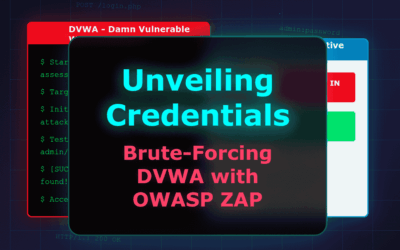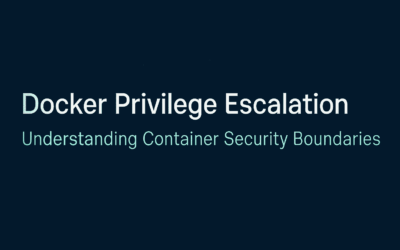Introduction Welcome back, security enthusiasts! This marks the third installment in our series dedicated to the art and science of brute-force attacks. In our previous discussions, we've explored the fundamental principles of brute-forcing, and in our last blog, we...
Sandbox99 Chronicles
From My Sandbox to Yours — Practical IT Insights.
A Practical Guide to Brute-Force Testing with OWASP ZAP on Flask
Introduction Welcome back to our web application security series! In our previous blog post, "Brute-Force Testing with Hydra on Flask", we delved into the mechanics of brute-force attacks and demonstrated how to leverage the powerful command-line tool Hydra against a...
A Practical Guide to Brute-Force Testing with Hydra on Flask
In Ethical hacking, particularly brute-forcing, is a crucial aspect of cybersecurity. It involves using the same techniques as malicious hackers, but with authorization, to identify vulnerabilities and strengthen defenses. When it comes to Python Flask applications,...
Docker Privilege Escalation: Understanding Container Security Boundaries
Introduction In the rapidly evolving landscape of containerized applications, Docker has become the de facto standard for deploying and managing applications across diverse environments. While Docker provides significant benefits in terms of portability, scalability,...
Understanding Bind Shells: A Counterpart to Reverse Shells
Introduction The fundamental purpose remains the same: gaining a shell. This means achieving remote command execution on a target system, giving us the ability to interact with it as if we were sitting right in front of it. Just to quickly recap, a Reverse Shell is...
Understanding Reverse Shells: Your Guide to Remote Access & Defense
Beyond Netcat Basics Welcome back! In our last post, we explored the fundamentals of Netcat for basic network communication. Today, we're taking it a step further to understand a powerful, yet often misunderstood, concept: the Reverse Shell. For IT professionals,...






